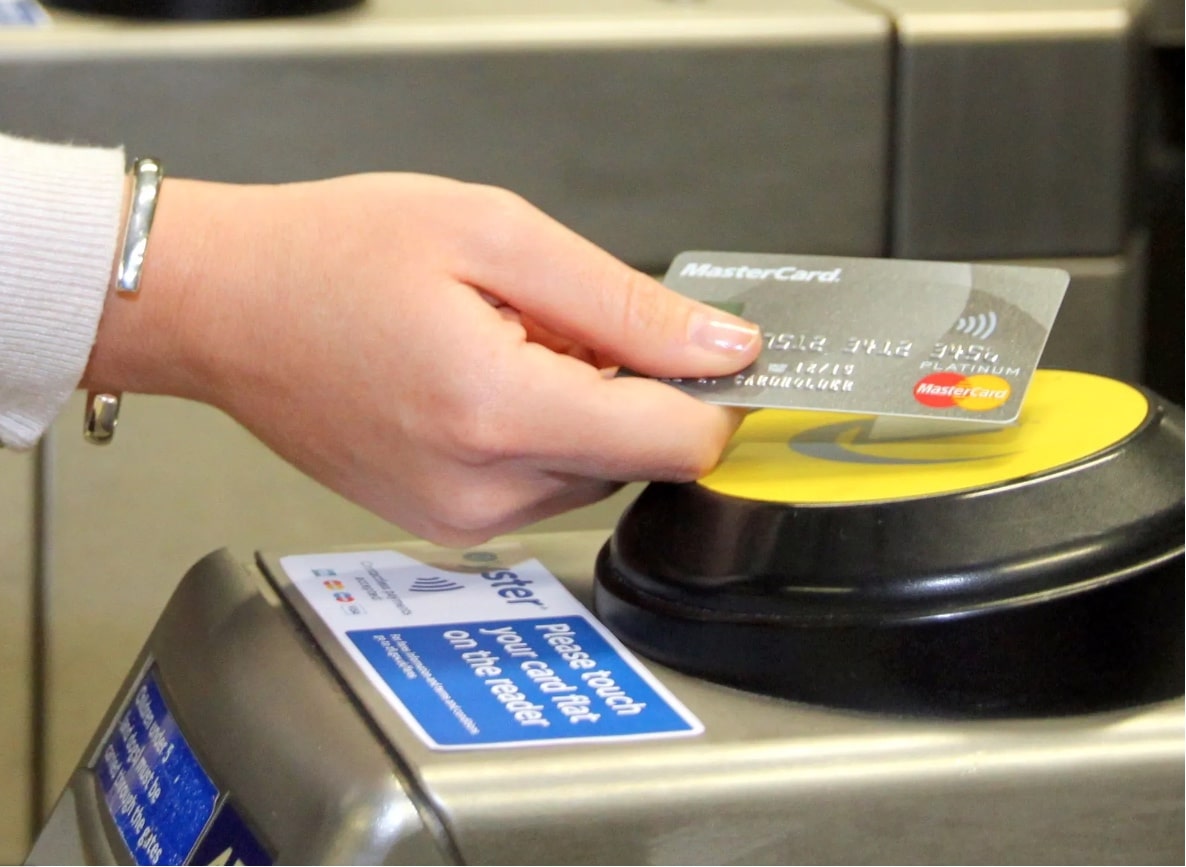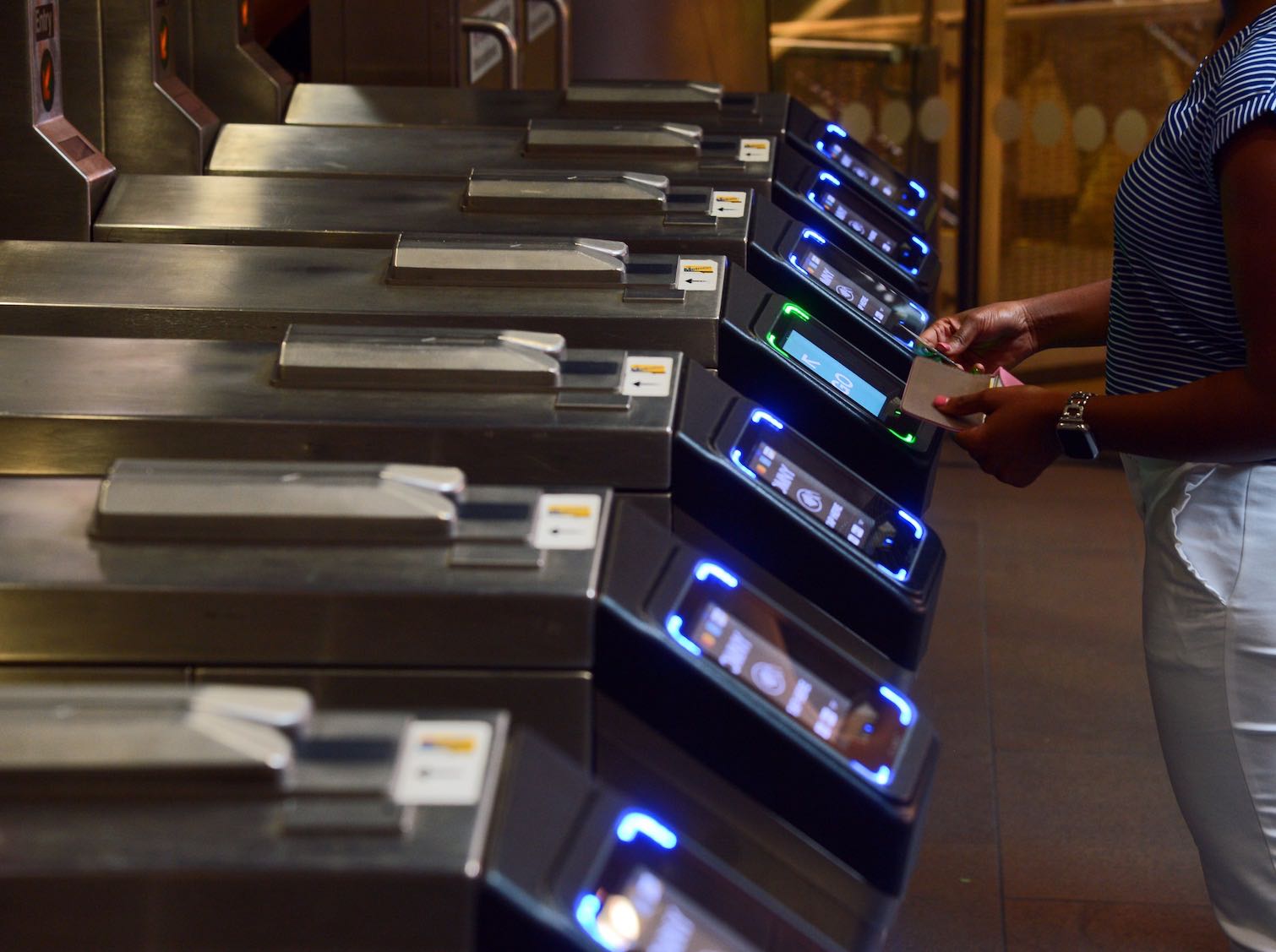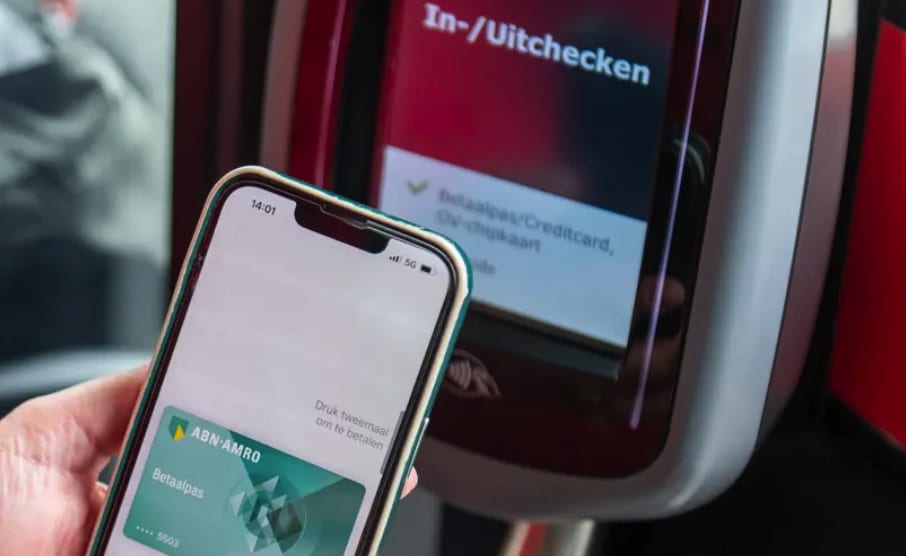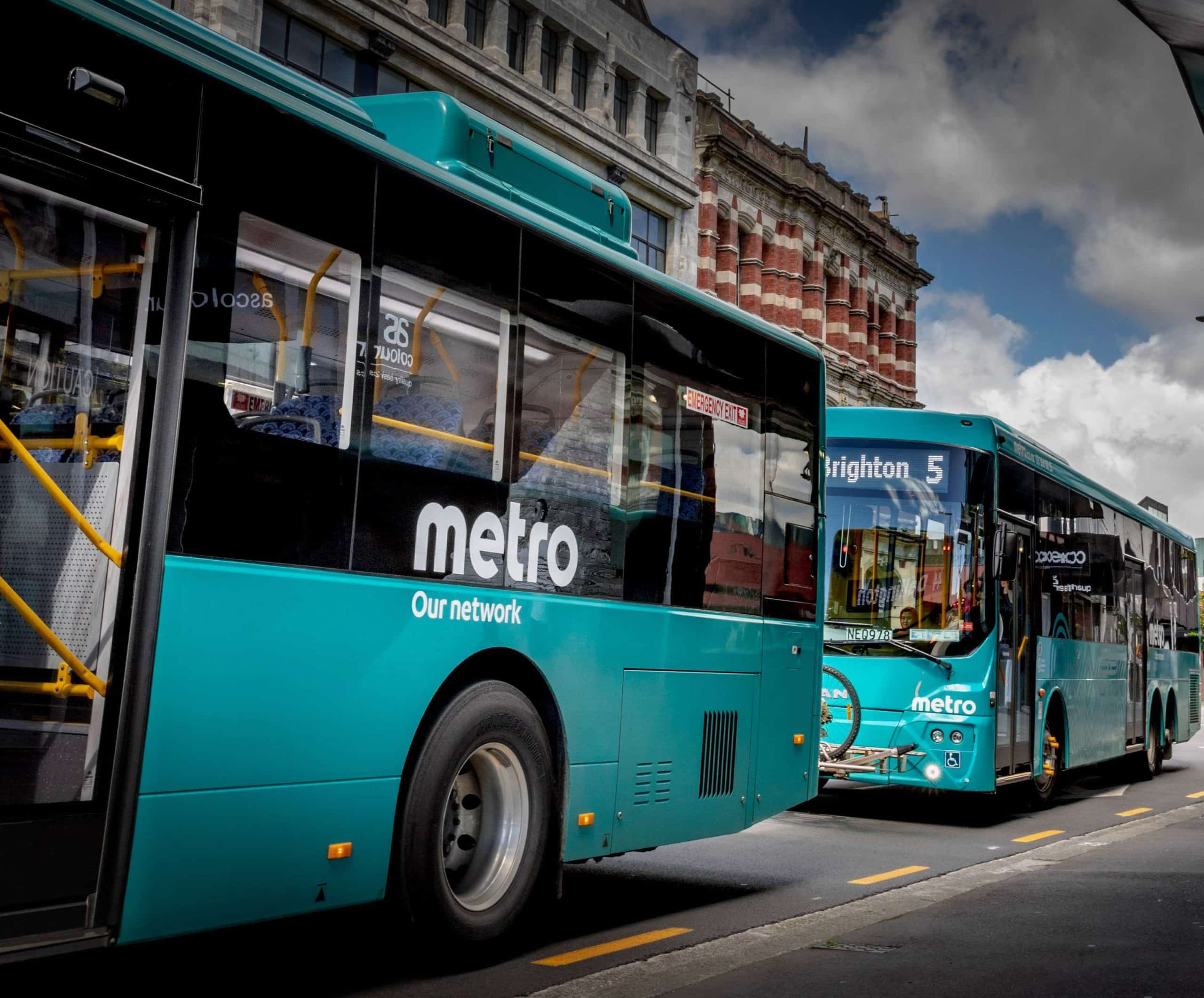
Article Highlights
Transit agencies often offer open-loop payments mainly for convenience–to enable their customers to tap to pay for fares with their credit and debit cards and NFC wallets without having to buy a ticket or top-up a closed loop card. But can open-loop payments also save a transit agency money? A panel of experts says the answer to that question depends on the agency’s market and implementation.
Transport for London reduced its total cost of fare collection by more than 7 percentage points between 2006 to 2019, from more than 14% to less than 7%. Shashi Verma said open loop accounted for roughly half of that 7- to 8-percentage-point reduction in fare-collection costs.
• Transport for London
• MST (Monterey-Salinas)
• Kentkart
• Transcode
Transit agencies often offer open-loop payments mainly for convenience–that is, to enable their customers to tap to pay for fares with their credit and debit cards and NFC wallets without having to buy a ticket or top-up a closed loop card.



















